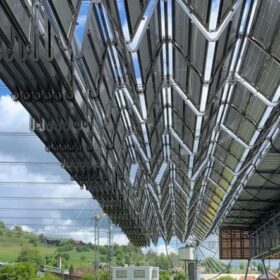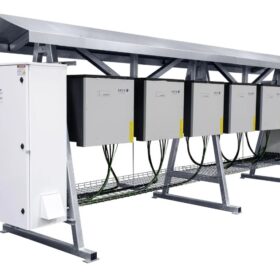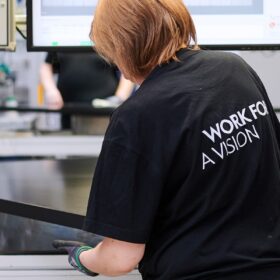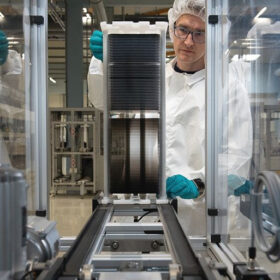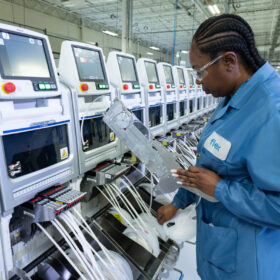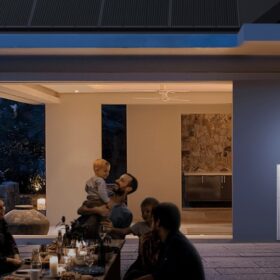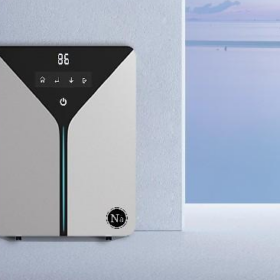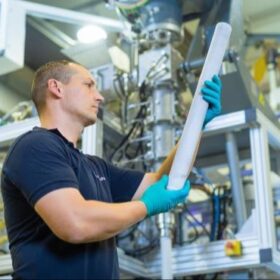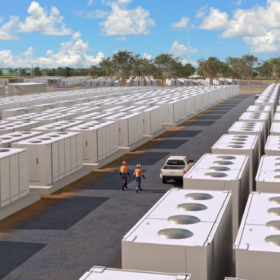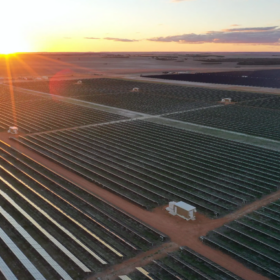Foldable solar carport extends, retracts in response to weather
Solar technology company Dhp Technology AG plans to deploy new retractable PV systems at 45 motorway service areas in Switzerland. The foldable arrays can be retracted and protected during extreme weather conditions or hail storms.
Siemens to open US utility-scale solar inverter factory
Global engineering and technology company Siemens plans to set up an 800 MW utility-scale inverter factory in the United States. The facility will focus on the production of string inverters.
Meyer Burger shifting focus to US market
Switzerland-based manufacturer Meyer Burger is now prioritising the establishment of new module and cell production facilities in the United States, driven by favourable market conditions in the country.
Weekend Read: Mapping a path to tandem commercialisation
Chris Case, chief technology officer for Oxford PV, recently spoke with pv magazine about the U.K.-based company’s new 28.6%-efficient, commercial-sized, tandem solar cell, its U.S. subsidiary, and plans for the future.
Over 155 GW of U.S. solar manufacturing announced in one year
The United States has begun to reshore its energy supply chain one year after the passage of the Inflation Reduction Act.
Brookfield teams with Envision on Australian renewable energy push
Brookfield Asset Management has inked a deal with Chinese multinational Envision Group to explore opportunities for manufacturing of clean energy equipment in Australia to support its plan to develop up to 14 GW of renewable generation and storage facilities in the country within the next decade.
Top five solar inverter vendors accounted for 71% of shipments in 2022
Global inverter shipments increased to 330 GW last year with Huawei, Sungrow, Ginlong, Solis, Growatt and GoodWe named as the top vendors.
Biwatt unveils new residential sodium-ion batteries
Biwatt Power, a Chinese manufacturer, has developed new residential sodium-ion batteries with an efficiency rate of 97% and a projected lifespan of more than 3,000 cycles.
Weekend Read: Deployment trumps manufacturing in EU priorities
A lack of clear policy support, raw material dependency, and higher production costs are inhibiting the localisation of European solar manufacturing, despite strong demand, writes Edurne Zoco, executive director for clean energy technology at S&P Global.
Altech pushes ahead with Germany-based battery projects
Western Australia battery tech company Altech Batteries has raised $13.3 million (USD 8.7 million) to advance the development and commercialisation of its sodium-chloride solid state battery project and to progress construction of a silumina anodes battery materials plant in Germany.
